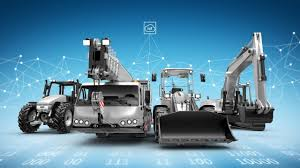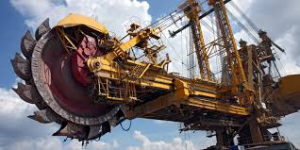Hydraulic systems are essential components of a wide variety of heavy machinery. They allow the operator to perform significant tasks, such as lifting heavy objects or turning a shaft. They also allow the user to drill precise holes in an object without the need for expensive mechanical linkages. These systems are used in the manufacturing industry, as well as on the construction site. Let’s examine how they work.

Hydraulic systems usually have a reservoir that stores the fluid. The fluid needs to be kept cool to prevent it from evaporating. Air trapped in a reservoir can interfere with the movement of a piston. Moreover, air can make the system less efficient if it is not properly pressurised. Different types of hydraulic fluids have different properties depending on their application. For example, brake fluid needs to have a high boiling point, radiation resistance, and high viscosity.
Hydraulic systems are used in many machines, including cranes, diggers, log splitters, and backhoes. Many of these machines have large parts, which would be impossible to move without hydraulics. These machines are also used in a variety of other settings, including construction sites and assembling machinery. For advice on a Hydraulic Power Pack, take a look at Hydra Products
Hydraulic systems utilise piping and hydraulic pumps to power heavy machinery. One end of the piping holds a weight and forces the liquid out of the other end. The water doesn’t squish down in this system, but pushes itself out of the narrow end at high speeds. These systems also work in reverse, meaning that when one end of the pipe is squeezed by a larger object, the fluid’s force is used to move the heavier object.

In fact, 76% of all hydraulic equipment is used in construction. The market for hydraulics in construction machinery is larger than that of electro-mechanical power. However, one big challenge is the lack of energy efficiency in hydraulics. While hydraulic equipment is already relatively mature, it still needs innovation to make it more energy efficient.
Hydraulic motors are better able to handle stall loads than electric motors. Although they cost more, they are also more reliable when they are subjected to excessive loads. Hydraulic motors tend to last longer than electric ones. This may save the owner money in the long run.
Hydraulic technology has progressed exponentially since its inception in the 19th century. Its customisable properties and flexible design make it a great choice for a variety of industrial uses. Today, it is used in everything from machine tools to construction machinery and farm equipment. The automotive industry has also embraced hydraulic systems in its mass production process. This is because they can provide forces that rival mechanical systems and can be used anywhere from a few kilos to thousands of tonnes.

